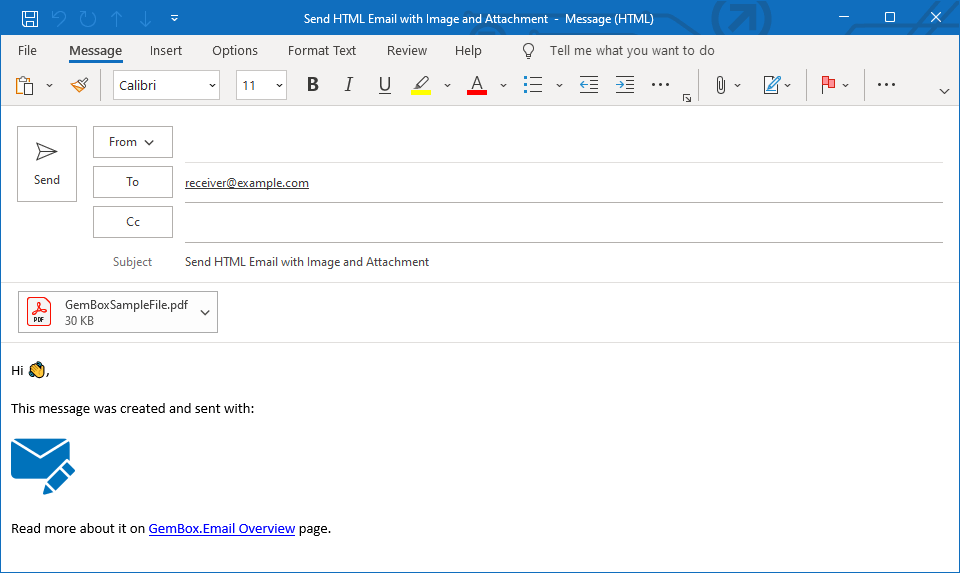

In addition, the code editor provides a visual interface that looks like a typical word processor. As the name suggests, the WYSIWYG editor shows a live preview of your page as you add or modify elements. WYSIWYG stands for “What You See Is What You Get”. There are two different types of HTML code editors – WYSIWYG and text-based editors. That said, different types of HTML editors might offer different sets of features and functionality. Some HTML editors can also translate the hypertext markup language to a programming language, for example, CSS, XML, or JavaScript. Hides a section of code and focuses on certain parts of the HTML document. It connects your web server with an FTP client right from the dashboard. Helps find particular code and replace them all at once, saving time from editing each string of code. Scans for syntax errors whenever you type in code incorrectly to fix the mistake immediately. Automatically suggests HTML elements and attributes based on previously added values, saving time when typing a longer piece of code. Differs HTML tags in various colors based on their categories, making it easier to read and recognize the code structure. The most common features in a good HTML editor are: It ensures every string of code is clean and works properly.

#FREE PLACE TO WRITE HTML SOFTWARE#
It can be a stand-alone software dedicated to code writing and editing or a part of an IDE (Integrated Development Environment).Īn HTML editor provides more advanced features and is specifically designed for developers to create web pages more efficiently. In between the start and end tags you can place appropriate contents.An HTML editor is a piece of software for creating and editing HTML code. The first tag in a pair is often called the opening tag (or start tag), and the second tag is called the closing tag (or end tag).Īn opening tag and a closing tag are identical, except for a slash ( /) after the opening angle bracket of the closing tag, to tell the browser that the command has been completed. HTML tags normally come in pairs like and. Every markup tag is composed of a keyword, surrounded by angle brackets, such as, ,, ,, and so on. These markup tags are the fundamental characteristic of HTML. HTML is written in the form of HTML elements consisting of markup tags. Content inside the and are invisible to users with one exception: the text between and tags which appears as the title on a browser tab. Tip: The, , and tags make up the basic skeleton of every web page. For now, just focus on the basic structure of the HTML document. You will learn about the different HTML elements in detail in the upcoming chapters. The element contains the document's actual content (paragraphs, links, images, tables, and so on) that is rendered in the web browser and displayed to the user.The element is a container for the tags that provides information about the document, for example, tag defines the title of the document.

It instructs the web browser that this document is an HTML5 document. The first line is the document type declaration.You might wonder what that code was all about. If it does not, open your browser and drag the file to it. It will open in your default Web browser. Navigate to your file then double click on it. html is specified - some text editors, such as Notepad, will automatically save it as. Note: It is important that the extension.


 0 kommentar(er)
0 kommentar(er)
